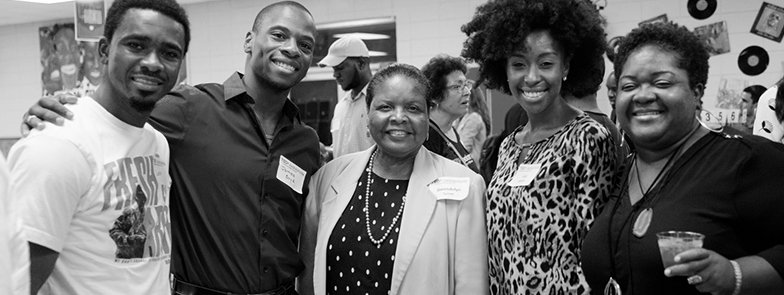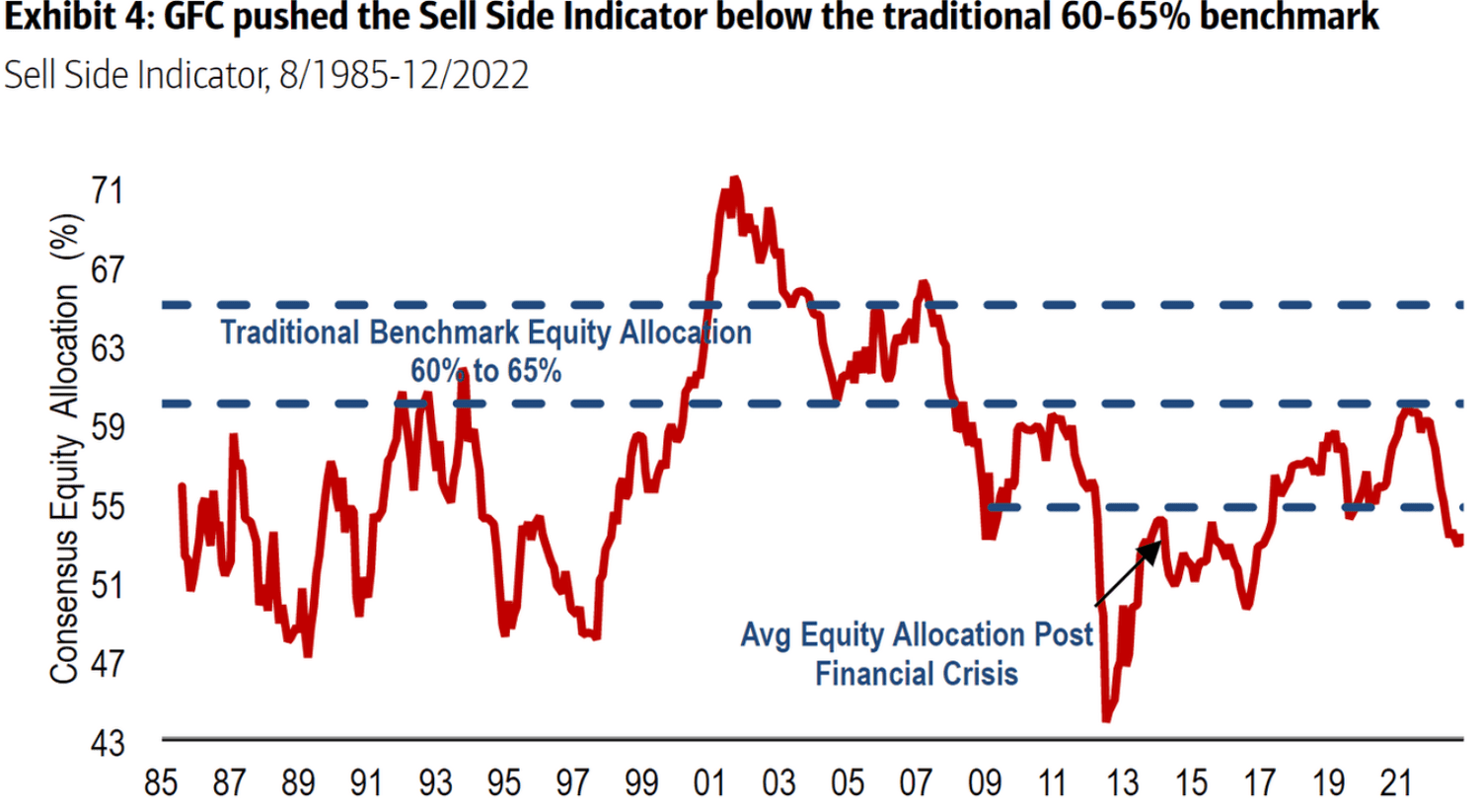Sound Perimeter: How Music Unites Us

Table of Contents
Music acts as a universal language, transcending geographical boundaries and cultural differences. Its ability to connect people on a deep emotional level creates a powerful "sound perimeter" encompassing humanity. This article delves into the various ways music unites us, fostering understanding and shared experiences. From the rhythmic pulse of a tribal drum to the soaring melody of a symphony, music's unifying power is undeniable. Let's explore the science, culture, and therapeutic applications of this remarkable phenomenon.
The Neuroscience of Shared Musical Experiences
Music's ability to unite us isn't just a feeling; it's rooted in our neurobiology. Shared musical experiences tap into fundamental aspects of our brains, creating a powerful sense of connection.
Emotional Resonance
Music triggers remarkably similar emotional responses across diverse populations. Certain musical elements, regardless of cultural context, evoke predictable feelings.
- Universally understood musical emotions: Joy is often conveyed through major keys and fast tempos, while sadness frequently utilizes minor keys and slower rhythms. Excitement is often expressed through rapid changes in tempo and dynamic contrasts.
- Studies on brain activity: Neuroimaging studies using fMRI and EEG have shown consistent patterns of brain activity in response to emotionally charged music, regardless of listeners' cultural backgrounds. These studies demonstrate the universality of musical emotion.
Synchronization and Rhythmic Entrainment
Rhythmic entrainment, the tendency to synchronize our movements and physiology with a rhythmic stimulus, plays a crucial role in group cohesion. This involuntary synchronization strengthens social bonds and creates a shared experience.
- Examples of entrainment: Dancing to music, singing along to a favorite song, or participating in musical rituals all demonstrate rhythmic entrainment. The synchronized movements create a feeling of shared purpose and collective identity.
- Neurological basis of synchronization: Mirror neurons, which fire both when we perform an action and when we observe someone else performing it, are believed to play a significant role in this phenomenon. This neural mirroring contributes to the feeling of shared experience and empathy.
Music as a Cultural Unifier
Music acts as a powerful tool for preserving and transmitting cultural heritage, creating a shared identity within and across communities.
Shared Cultural Heritage
Traditional music plays a vital role in strengthening cultural identity and fostering a sense of belonging.
- Examples: Folk songs, traditional dances, and ceremonial music often carry deep historical and social significance, reinforcing community ties and cultural continuity. Think of the role of traditional music in Native American tribes, for instance, where songs and chants convey history, beliefs, and social structures.
- Preservation of cultural traditions: Music serves as a living archive of cultural knowledge, passing down traditions, values, and stories across generations. The preservation of these musical traditions is vital to maintaining cultural diversity.
Global Music Fusion and Collaboration
The fusion of diverse musical styles creates a vibrant, shared global musical landscape. This cross-pollination fosters understanding and appreciation of different cultures.
- Examples of global music fusion: World music genres like Afrobeat, Latin jazz, and Celtic fusion showcase the blending of various cultural musical traditions. The global popularity of K-Pop demonstrates the power of cultural exchange in music.
- International musical collaborations: Collaborative projects involving musicians from different countries and backgrounds promote cross-cultural understanding and appreciation, fostering tolerance and breaking down cultural barriers.
Music Therapy and Social Inclusion
Music's unifying power extends to therapeutic settings, promoting social inclusion and facilitating communication.
Therapeutic Benefits of Music
Music therapy employs music as a means to improve emotional well-being, communication, and social skills.
- Examples of music therapy techniques: Active music-making, receptive music listening, and songwriting are used to explore emotions, express oneself, and improve communication.
- Overcoming social barriers: Music therapy can be particularly beneficial for individuals with communication challenges, providing a non-verbal means of expression and connection.
Music as a Tool for Social Change
Music has historically been a powerful tool for social movements and activism, raising awareness and inspiring action.
- Examples: Protest songs, anthems of social change, and musical performances often bring people together to advocate for social justice and positive change. The civil rights movement's use of music is a powerful testament to this.
- Raising awareness and inspiring action: Music can mobilize individuals and groups, creating collective action and inspiring hope.
Conclusion
Music's unifying power stems from its ability to evoke shared emotions, facilitate rhythmic synchronization, and transcend cultural boundaries. Its impact extends beyond entertainment, playing a crucial role in maintaining cultural identity, fostering social cohesion, and promoting positive social change. The "sound perimeter" created by music truly connects us all.
Call to Action: Explore the unifying power of music further! Share your favorite examples of music uniting people across cultures and backgrounds in the comments below. Let's expand our collective understanding of the powerful "sound perimeter" that music creates, and how this shared experience strengthens our global community.

Featured Posts
-
 David Walliams Departure From Britains Got Talent What We Know
May 21, 2025
David Walliams Departure From Britains Got Talent What We Know
May 21, 2025 -
 Mia Wasikowska Cast In Taika Waititis Next Family Movie
May 21, 2025
Mia Wasikowska Cast In Taika Waititis Next Family Movie
May 21, 2025 -
 Stock Market Valuation Concerns Bof A Offers A Different View
May 21, 2025
Stock Market Valuation Concerns Bof A Offers A Different View
May 21, 2025 -
 Reddits Viral Kidnapping Hoax The Sydney Sweeney Movie Connection
May 21, 2025
Reddits Viral Kidnapping Hoax The Sydney Sweeney Movie Connection
May 21, 2025 -
 O Giakoymakis Kai I Kroyz Azoyl Ston Teliko Toy Champions League Mia Istoriki Prokrisi
May 21, 2025
O Giakoymakis Kai I Kroyz Azoyl Ston Teliko Toy Champions League Mia Istoriki Prokrisi
May 21, 2025
